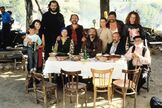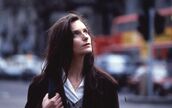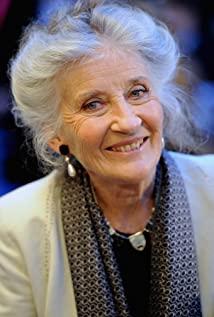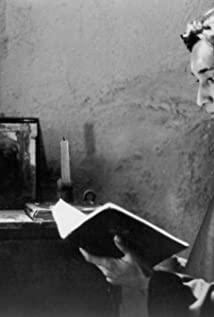The real beginning of the story should be the second paragraph, Faces. Female editor Anne had an extramarital affair with photographer Aleksandar. Just when she made up her mind to leave her husband Nick, Aleksandar left London's reputation and life and returned to his homeland in rural Macedonia alone. In the last shot of this segment, Anne looks at Nick's bloody face and screams in pain: your face, your face. In fact, it wasn't just Nick's face that was devastated and distorted, but the faces of every character in the film who suffered betrayal and humiliation (think of the subtitle called Faces instead of Face). Nick was betrayed by his beloved wife, and an insincere statement I still love you is a great shame; Aleksandar was temporarily swayed by utilitarianism in Bosnia, which led to the tragic death of a prisoner, which undoubtedly betrayed his photography career. original intention. The Pulitzer Prize, which happened to come, became his greatest irony. At this time, he left flashy London and returned to his homeland in turmoil is undoubtedly the best way to redeem himself. Look at those Macedonians who are shooting at will with machine guns. What they have abandoned is the reason and conscience of human beings. It is reminiscent of the scene outside the church where children trapped a turtle with dry wood and blew it with bullets. The obvious metaphor is that people are tortoises surrounded by anger, and their reaction to blood and violence is just insensitive. Back to the topic of this paragraph. Most of the violence in this film is directed at the face. Zamira's grandfather kept slapping her, the restaurant scoundrel kept smashing bills into the waiter's face, and Aleksandar slapped him in the face after taking the gun from the little furry boy. The most humiliating part of all kinds of physical conflicts is being slapped. I think this should be the director's intention, everyone surrounded by anger and violence is living in guilt and shame.
The third paragraph of Pictures is the core of the whole story, and this paragraph points out the main body of the rainstorm metaphor: violence. At the end of the whole film, the old priest said that it was going to rain, and it was already falling there. "There" happened to be the direction of Zamira's village, which had been shrouded in violent rain. "Here" was originally a pure land (it's not difficult to understand why the director spent a lot of time describing the beautiful rural scenery and the church scene of the Holy Spirit "here" at the beginning of the film), and it will soon be ravaged by violence. Aleksandar, who was in London, also inadvertently said Hard rain's gonna fall, but it never rained in London in the film. I don't know if Aleksandar is too pessimistic or the director is too optimistic. However, this film was shot in 1994. If the London subway was turned on after the explosion, it is estimated that London would be pouring rain.
View more about Before the Rain reviews










